
China
15:11, 26-Jun-2017
Hong Kong 20 years on: Border town a witness to colonial history
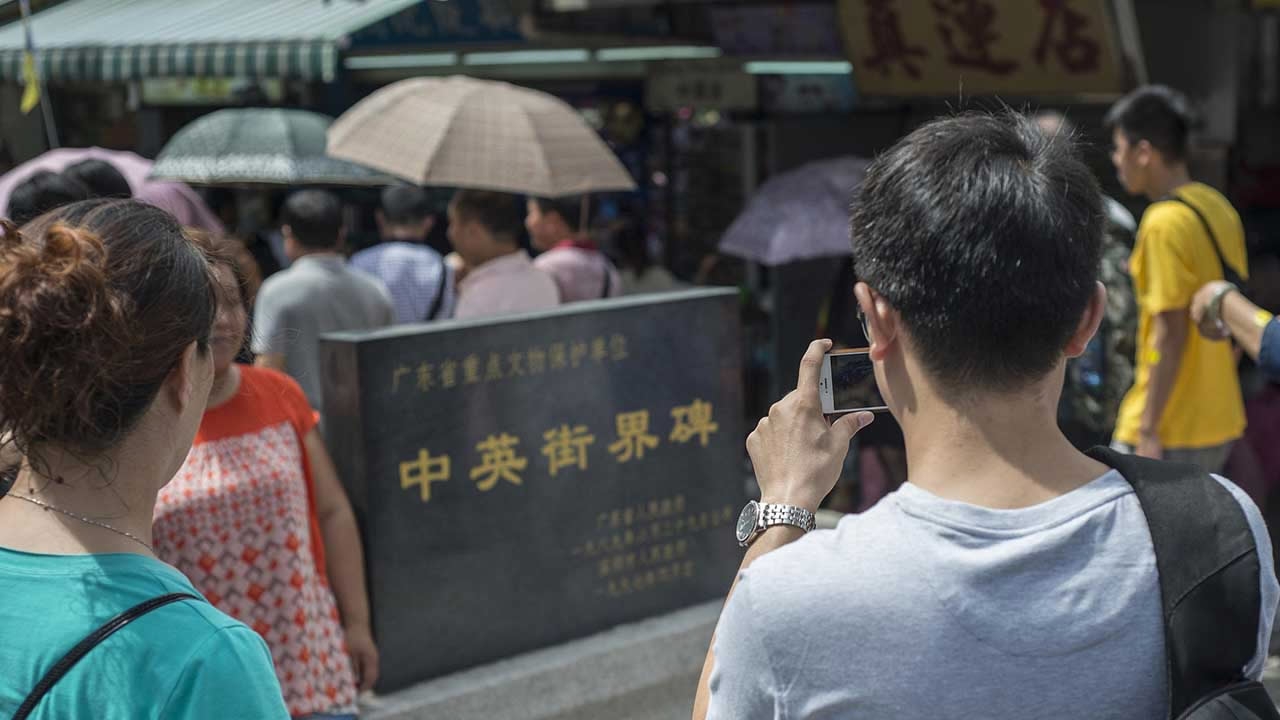
By CGTN's Tao Yuan
When the British sought to expand the borders of Hong Kong in 1898, the new frontier cut straight through the middle of a small market town called Sha Tau Kok.
The main street of this town, Chung Ying Street, literally translates to China England Street, lies on the border between Hong Kong and Shenzhen. One side of the four-meter street belonged to the Chinese mainland, the other, the former British colony.
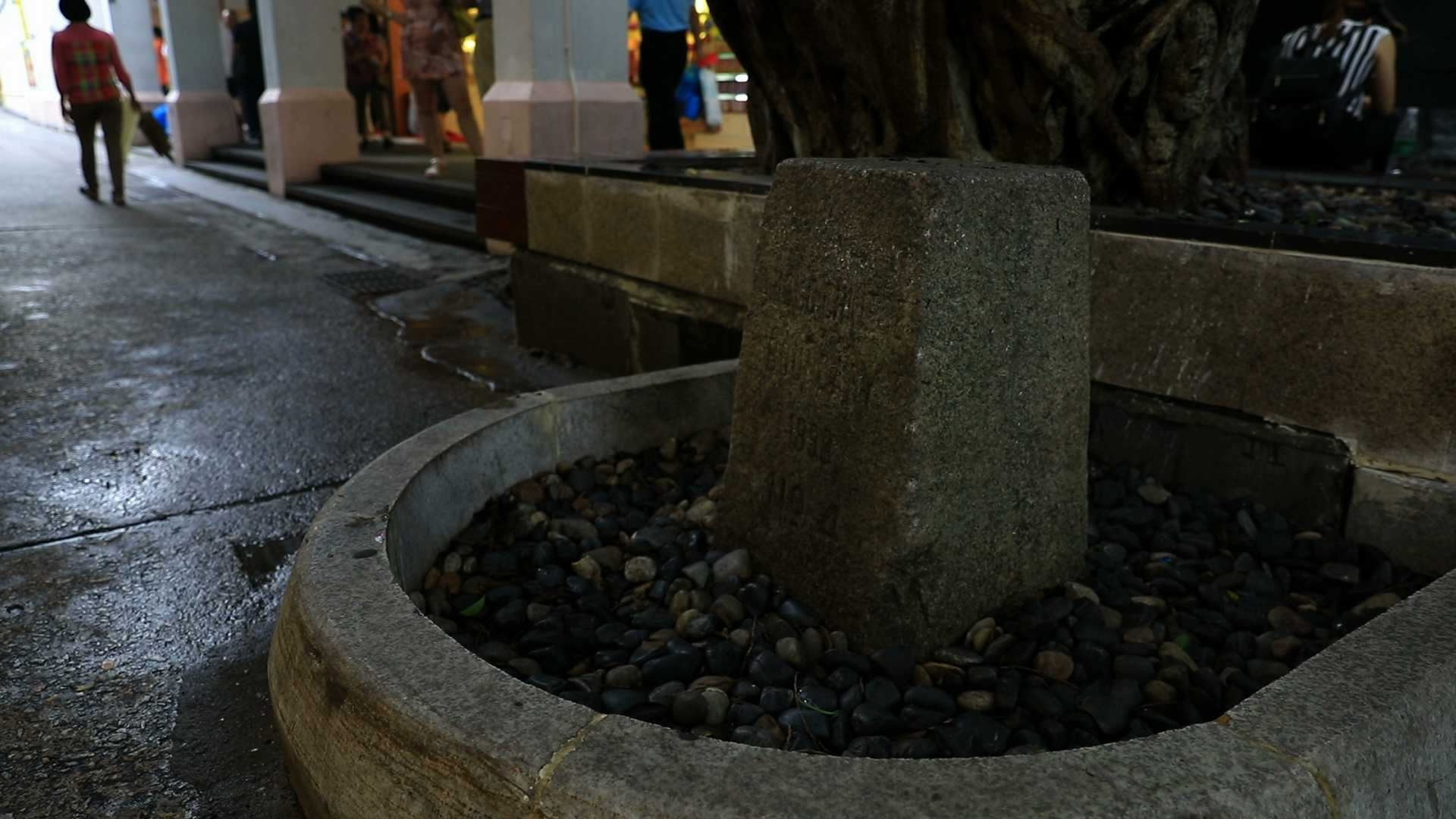
Boundary stone marking the border between Hong Kong and the mainland. /Photo provided by reporter
Boundary stone marking the border between Hong Kong and the mainland. /Photo provided by reporter
“It’s a very important demarcation line,” said Sun Xiao, founder and former curator of Chung Ying Street History Museum, comparing the street to the likes of the Berlin Wall and the Armistice Line on the Korean Peninsula.
The retired historian came to the Sha Tau Kok soon after Hong Kong’s return to China in 1997, attracted by the heavy historical weight of the small border town.
“Chung Ying Street bears witness to a very dark chapter of the Chinese history.”
Shoppers’ heaven
Before China’s opening up, Chung Ying Street was the only part of Hong Kong that Chinese mainlanders could access.
In the early 1980s, Sha Tau Kok was flooded by Chinese tourists, who came to buy foreign goods such as soaps, fabric and electronic appliances. Shops sprung up on both sides of the narrow street and they did a roaring trade.

Chung Ying Street boomed as a shoppers’ heaven for Chinese mainland tourists. /Photo provided by reporter
Chung Ying Street boomed as a shoppers’ heaven for Chinese mainland tourists. /Photo provided by reporter
“They wanted everything,” said Wu Tianqi, a local village chief.
“Customers grabbed everything with passion. Shops sold out all the time.”
Professor Lau Chi-pang of Lingnan University estimated the area received nearly 100,000 tourists a day during that time.
And the mainlanders came for something else – they wanted to see Hong Kong. For many, it was a mysterious world of wonders, richer and better than the mainland. And Chung Ying Street was the only peephole into that world.
“Many first-time visitors would come and ask, is this Hong Kong? Where are the skyscrapers? Where’s Victoria Harbor?” said Bob Ng Ka Hing, a restaurant owner on the mainland side of Sha Tau Kok.
“Little did they know they were still far away from the heartland of Hong Kong. And this border area was still very undeveloped,” he added.
Romance town
Ng’s father is from here, and generations before him. But Ng grew up on the Hong Kong side. His father emigrated across the border to be with his mother.
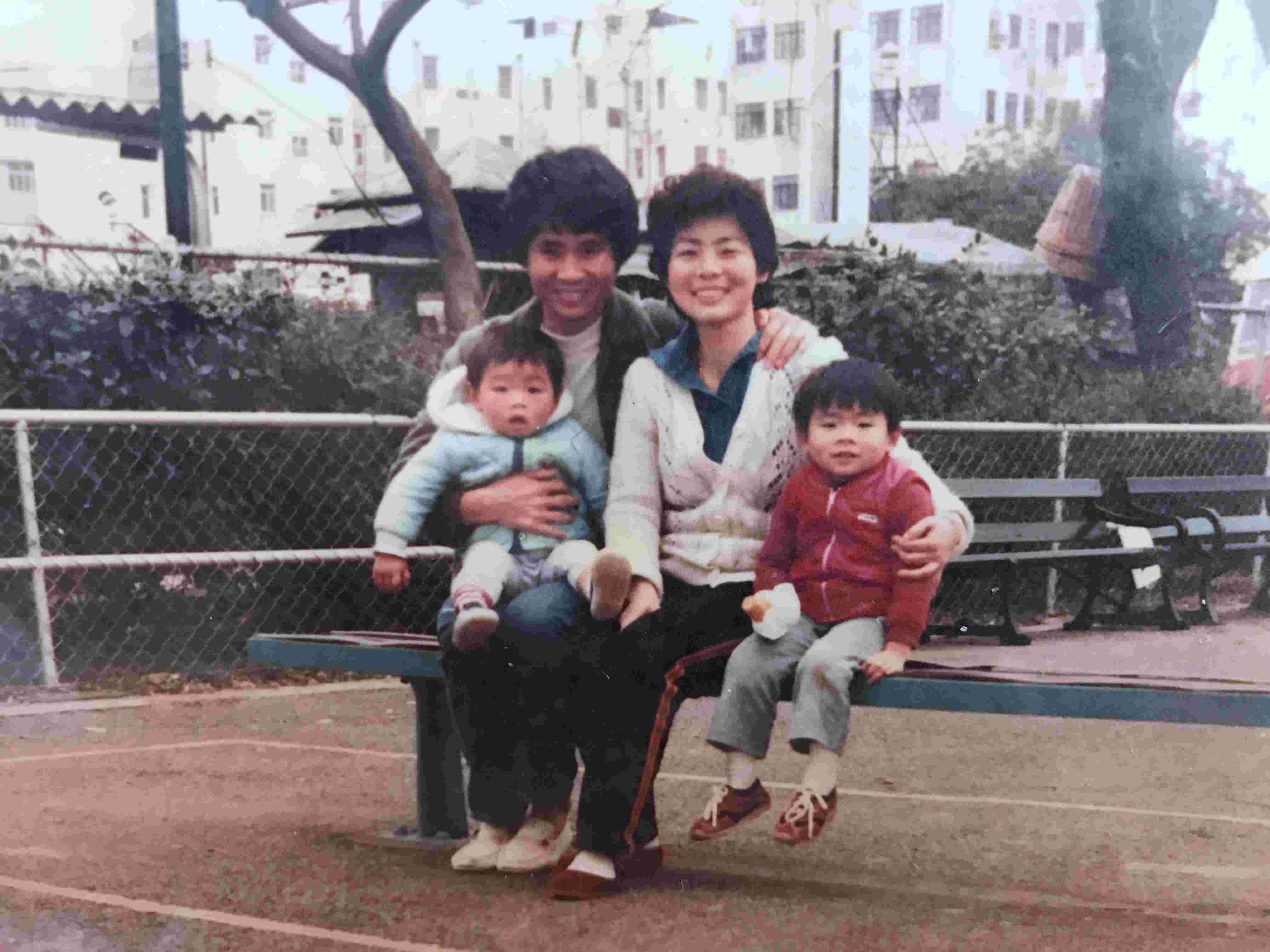
Bob Ng Ka Hing and his younger brother were born in Hong Kong. /Photo provided by reporter via Bob Ng Ka Hing
Bob Ng Ka Hing and his younger brother were born in Hong Kong. /Photo provided by reporter via Bob Ng Ka Hing
“They met on the sea while catching fish, my father must have thought my mother was very beautiful,” said Ng.
“And then they started dating. Father used to row a boat across the waters to see mom.”
In Sha Tau Kok, almost every family has a love story to tell. Its geographic location made love harder, but all the more romantic. For Ng’s parents, the trouble got very real.
“Villagers whispered behind their back, they thought father was fleeing China.”
Many did flee. Life in capitalist Hong Kong was simple too tempting. According to one official estimate, about 560,000 people from the mainland escaped to Hong Kong between 1949 and 1974.
Ng’s father eventually did emigrate through a relative on the other side. Ng and his younger brother were both born and raised in Hong Kong.
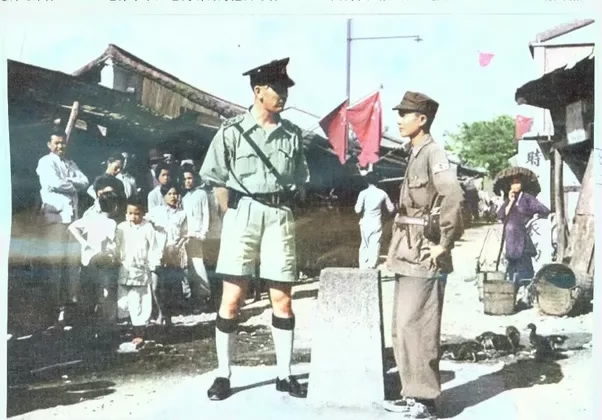
A photo showing two soldiers standing beside a stone which marked the boundary between Hong Kong and the Chinese mainland. /Photo provided by reporter
A photo showing two soldiers standing beside a stone which marked the boundary between Hong Kong and the Chinese mainland. /Photo provided by reporter
Quieting down
Travel restriction eased for mainlanders visiting Hong Kong following the handover. Tourists started making it directly to Victoria Harbor, wandering among the skyscrapers and visiting other hot tourist spots.
Chung Ying Street as a shoppers’ heaven and a peephole into a different world has lost its practical value.
“We often call it the hundred-year street. That one-hundred-year colonial history came to an end on July 1, 1997,” said Sun.
“In the twenty years that followed, Chung Ying Street has become more of a cultural and historical symbol.”
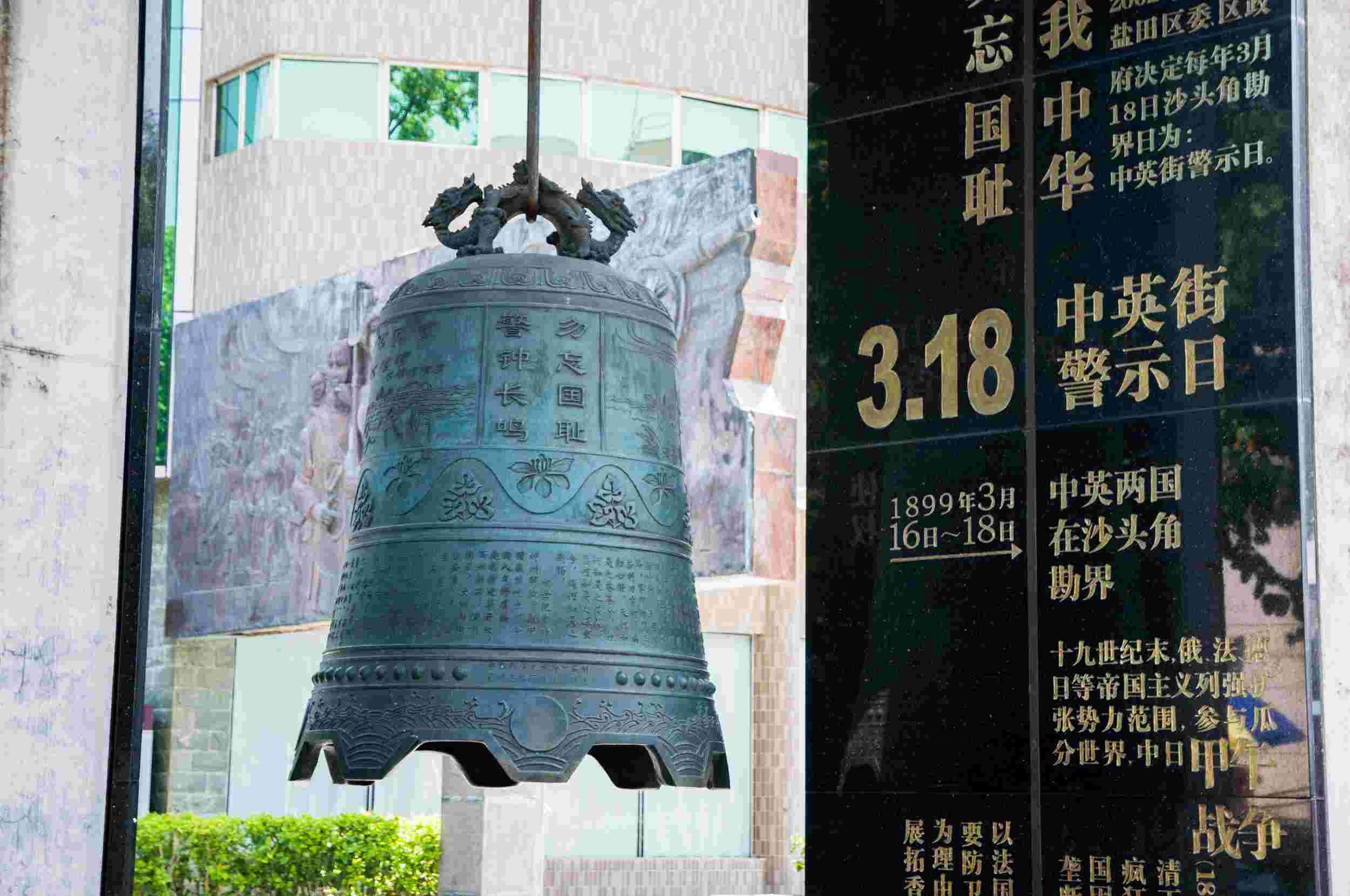
A bell at the street reminding visitors to not forget about the colonial history. /VCG Photo
A bell at the street reminding visitors to not forget about the colonial history. /VCG Photo
The street still has dozens of stores selling medicine, duty-free cigarettes and Hong Kong beauty products, but customers are few and far in between.
Ng is happy about the quiet. He’s married a mainland wife. Their son is now in elementary school.
“My business is not making us rich, just enough to sustain an ordinary life,” he said.
“But I’m grateful to be able to spend more time with my family,” he said as his wife prepared a drink in the kitchen.
“She’s what I came back to the mainland for.”
1944km

SITEMAP
Copyright © 2018 CGTN. Beijing ICP prepared NO.16065310-3
Copyright © 2018 CGTN. Beijing ICP prepared NO.16065310-3